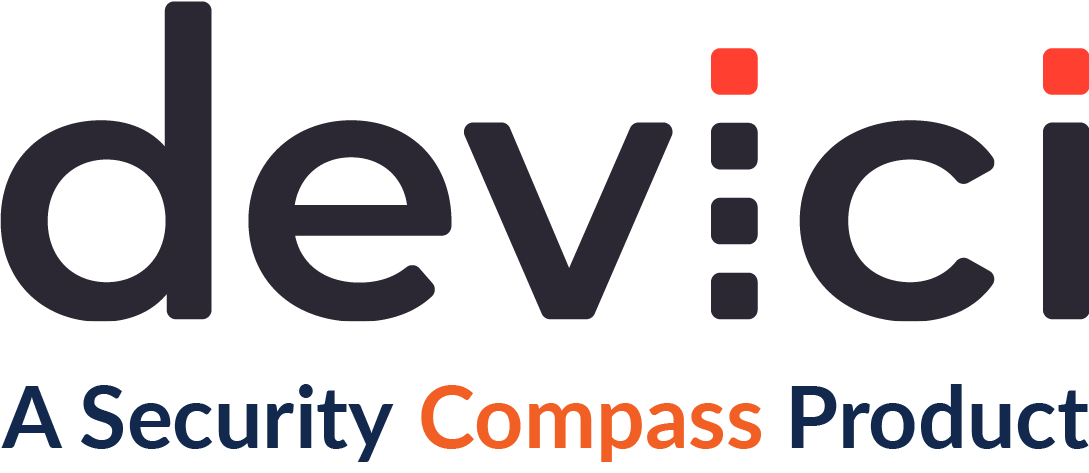Elevating Your Threat Modeling Game: How to Use the Threat Modeling Manifesto
Discover the essence of threat modeling with the Threat Modeling Manifesto. Learn how to turn principles into actionable steps and cultivate a culture of security with Devici.
The Threat Modeling Manifesto guides development and testing teams striving to improve security practices. A collaborative effort from threat modeling enthusiasts, including myself, it distills a wealth of insights and best practices into a coherent document. But the manifesto is a philosophical guide, not a hands-on playbook. I wrote a blog post a few years back about how to put it into action.
It provides guidance designed to help teams build a threat modeling practice. It doesn’t outline prescriptive methodologies or tools that can supercharge your threat modeling. It wasn’t intended to. It’s a foundational document I’ve used to help teams kick-start and improve their threat modeling programs for years.
This is one reason I started Devici. We're here to take the manifesto's wisdom and show you how to translate it into actionable steps.
Our dedication to security and privacy is deeply ingrained in our DNA. As we embark on the journey of threat modeling, we unravel the essence of this practice—analyzing system representations to shed light on security and privacy concerns. With a mission to help organizations cultivate a secure and privacy-by-design approach to development, we delve into the heart of threat modeling and explore how representations play a pivotal role in this transformative process.
The Foundations of Threat Modeling: Unraveling the Threat Modeling Manifesto
Before diving into methodologies and tools, you must grasp the manifesto's essence. It's written to resonate with everyone, from seasoned security pros to developers dipping their toes into threat modeling. It’s worth a few minutes to familiarize yourself with its foundational principles.
At the heart of threat modeling lies the desire to address four fundamental questions:
1. What are we working on?
2. What can go wrong?
3. What are we going to do about it?
4. Did we do a good enough job?
These questions form the backbone of an effective threat modeling process, providing a structured framework for analyzing potential risks and devising robust solutions.
Signs of a Successful Threat Modeling Practice
Underlying the Manifesto – and all my teachings around threat modeling – is that a solid threat modeling strategy supports secure and privacy by design efforts. When we engage in threat modeling, we gain invaluable insights into the potential weaknesses within a system. This process serves as a beacon, guiding us to identify design and implementation issues that demand mitigation in the early stages or throughout the system's lifecycle. The outputs of a well-executed threat model, aptly known as threats, pave the way for informed decisions in subsequent design, development, testing, and post-deployment phases.
Identify a Compatible Methodology
While the manifesto is methodology-agnostic, you're not. You need to pick a threat modeling approach as your operational backbone. Dive into frameworks like STRIDE or LINDDUN, understand data flow diagrams, explore threat trees, and consider what works best for your team.
Once you've landed on a methodology, loop back to the manifesto. Start merging its principles into your chosen approach, creating a threat modeling program that meets real-world demands.
Cultivate a Culture, Not a Checklist
Let's be clear: security should never be about ticking boxes. It's about ingraining a culture of proactive security thinking within your development team. Devici enables this by offering features that facilitate collaboration and make threat modeling an integral part of your development lifecycle. Our platform supports the manifesto's core focus on people and collaboration over processes and tools.
Make it a Journey, Not a One-Off Event
Security is evolutionary, not static. Threat modeling needs to evolve with your products. Don't expect perfection from the get-go. The aim is to get better with each iteration. Devici's platform allows you to revisit and refine your models quickly, ensuring that they adapt to the changing landscape of your applications and threats.
Doing Over Talking
It's easy to get caught up discussing threat modeling without doing it. The manifesto explicitly advocates for more doing and less talking. I have a philosophy of talking for up to thirty minutes and then starting threat modeling. More talking than that, we end up down rabbit holes that take away from focusing on the feature, product, or application we’re trying to secure. Stay focused. Stay sharp. Threat model by doing.
This is why, at Devici, we prioritize easy-to-use interfaces and actionable insights, ensuring that you spend less time navigating complexity and more time implementing sound security measures.
Educate Your Team and Scale Your Efforts
Once you've built your program around the manifesto's core values, it's time to roll it out to your devs and testers. Devici can support this through its educational modules and real-time collaboration features, offering hands-on threat modeling exercises that bring the manifesto's teachings to life.
Threat Modeling in Practice: Patterns and Anti-Patterns
Threat modeling improves security best when used early and often in the development lifecycle. They must also align with your organization's development practices and be their systems' privacy, safety, and security that benefit threat modeling, according to the threat Modeling Manifesto:
Systematic Approach: Achieving thoroughness and reproducibility through a structured application of security and privacy knowledge.
Informed Creativity: Blending the art and science of creativity, allowing for innovative problem-solving.
Varied Viewpoints: Assembling a diverse team of subject matter experts for cross-functional collaboration.
Useful Toolkit: Leveraging tools to enhance productivity, repeatability, and measurability.
Theory into Practice: Adopting field-tested techniques aligned with local needs and the latest advancements.
To ensure success, we must also steer clear of anti-patterns that hinder progress:
Hero Threat Modeler: Threat modeling is not dependent on innate abilities; it's an accessible practice for all.
Admiration for the Problem: Move beyond analysis and reach for practical and relevant solutions.
Tendency to Overfocus: Avoid losing sight of the big picture by maintaining a balanced perspective.
Perfect Representation: Embrace multiple representations, as no single view can capture all aspects of a complex system.
Guided by the Threat Modeling Manifesto: A Path to Excellence
At Devici, we firmly believe that threat modeling is for everyone—no barriers, no exclusions. It is a practice that resonates with anyone genuinely concerned about their systems' privacy, safety, and security. Whether you're an engineer, developer, product manager, or security enthusiast, threat modeling empowers you to actively secure your domain.
In fact, the Threat Modeling Manifesto emphasizes cross-functional collaboration. Bringing a variety of perspectives and experiences to the table when identifying potential security and privacy issues, helps teams uncover more potential threats. Ultimately, this results in more secure applications.
Coupling the Threat Modeling Manifesto's guiding principles with the proper threat model program foundation, you don't just add layers of security; you integrate it into the fabric of your development lifecycle. Each developer you empower with this knowledge makes your products more secure and contributes to a broader culture of security and privacy. And that's how you change the world—one codebase at a time.





